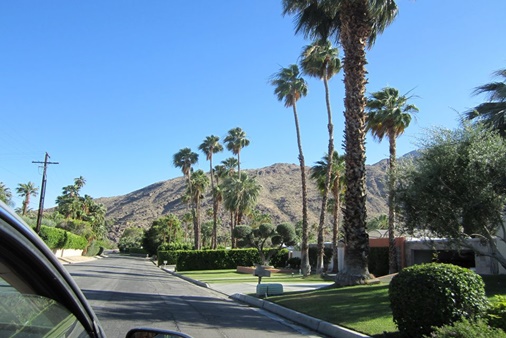Why is air conditioning rare in places outside LA (West Coast)?
In June 2016, the Los Angeles Department of Water and Power reported that energy demand skyrocketed to levels 50% higher than average. As it gets hotter in LA, more energy is consumed in response to the temperature rise. The situation in most parts of Los Angeles is rather confusing as there’s not much to differentiate summer from every other season. As the temperature rises across LA, people are left with fewer options and air conditioning seems the best way out of the record-breaking heat.
What’s up with Los Angeles and Air Conditioning?
- Coastal LA V the Islands: A couple of years ago, a utility survey had revealed that less than half of the homes in the city of Los Angeles and Southern California had AC. We have to admit that California is such a big state and air conditioners are more common in some areas than the others. For people on the Westside in Southern California like Brentwood who enjoy the sceneries of beaches and cool breeze from the Pacific Ocean, air conditioning may be seen as complementary. Across the state, coastal areas have fewer air conditioners while it is an entirely different story in the islands.
- The climatic trends are changing: Until recently, LA and most especially the West Coast used to be very chilly and typically cold with lots of snow-capped landscapes. But now, the trends have shifted and a region where air conditioning used to be a surplus requirement is now on the high with high energy consumption for cooling their homes. This is good news for HVAC contractors who are now experiencing an uprush in the demand for their air conditioning installation services.

- The heat wave: However, with an increase in global temperature, no region is left out again and several weather reports have attested to this. UCLA Climate scientist, Daniel Swain observed that even the coastal areas of California have been hit with the record-breaking heat wave that brought very high temperatures. Places like Long Beach, Santa Ana, Oxnard and most areas on the West Coast have experienced an unprecedented temperature rise. Kate Monninger wrote on Los Angeles Times that since the end of last February, downtown Los Angeles has seen only 2.26 inches of the rain-an anemic amount over an 11-month period. Hence, as it gets hotter, more energy is consumed to keep cool.
- Responding to the heat wave: Air conditioning: Different communities around the city respond differently to the heat wave. Those with abundant beaches and fountains around them like San Francisco, San Diego, and San Bernardino County can easily take some time out to cool off. Other areas like Woodland Hills, Anaheim, San Jacinto had fewer options- air conditioning is at the highest in these climes. A resident of San Jacinto once described the community as hotter than hell and said that air conditioning is a necessity and never a five-times-a-year luxury box.
Ac as a solution for help problem in LA
Today, you will barely find a home without one of these air conditioners, be it Central Air or the ductless mini split systems. To many residents, fans are no longer the solution to the heat problem. Now that cooling energy is the new trend, nobody wants to be left out. “When everybody seems to have air conditioning, you don’t want to be the one who doesn’t-even if you don’t use it,” said Marsha Ackermann. This trend is not only peculiar to homes in Los Angeles, most of the schools have jumped on the trend wagon. In fact, parents in Long Beach, a district with about 80, 000 students and 85 schools started a petition on Change.org for the cooling of every classroom in 2015.
Summary,
air conditioning is rare in place outside Los Angeles because more people in La are expending more budget on A.C and the story is the same in the entire country. Just as Daniel Engber writes, “heat waves kill at least as readily as cold, causing hundreds of deaths every year in the U.S.


